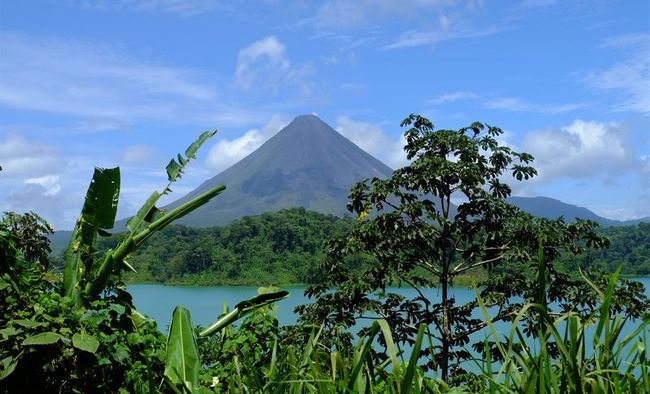
Pura Vida Ines und Matthias in Costa Rica
vakantio.de/pura-vida-ines-und-matthias-in-costa-rica
Manuel Antonio National Park
Published: 14.11.2019
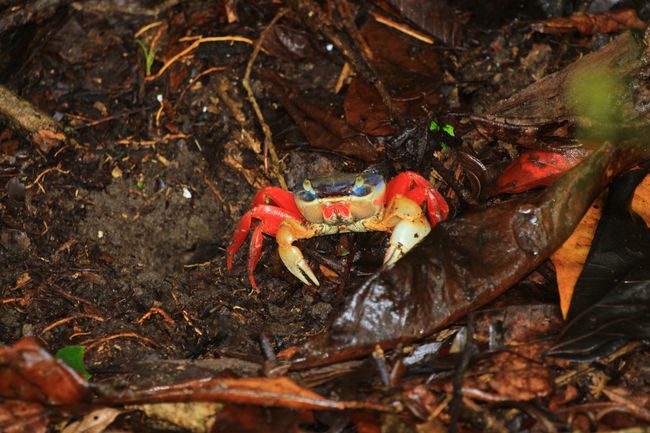
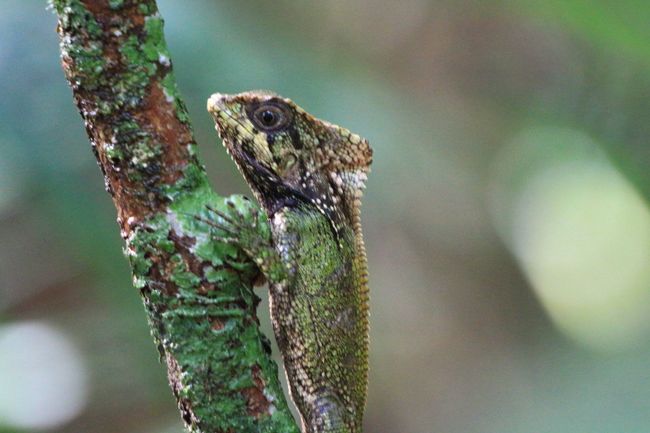
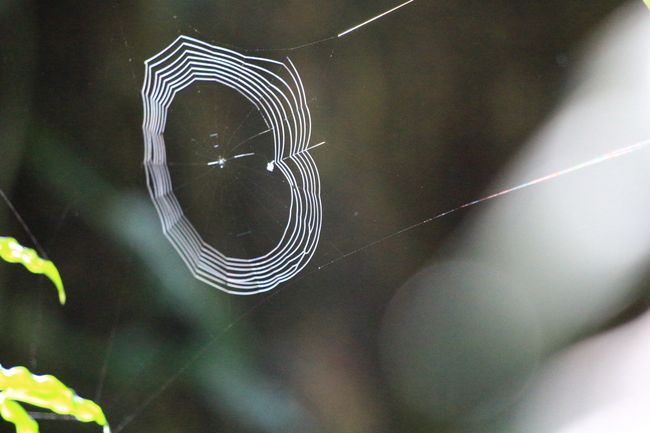
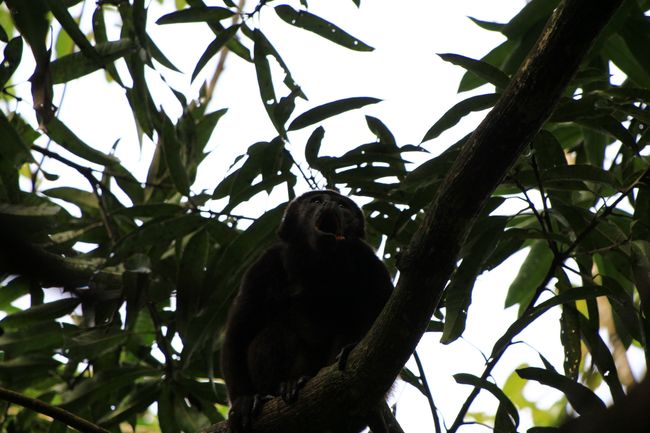
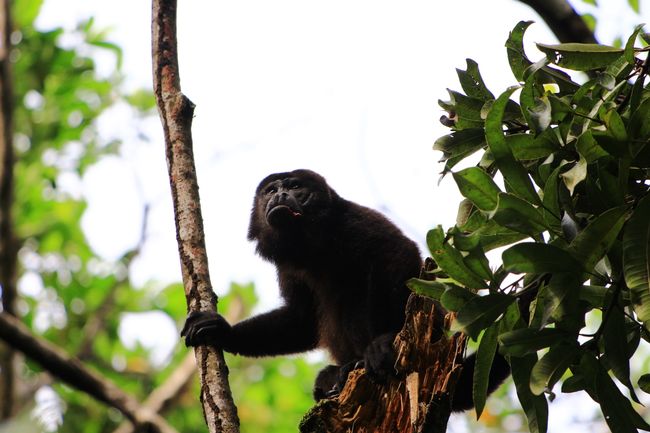
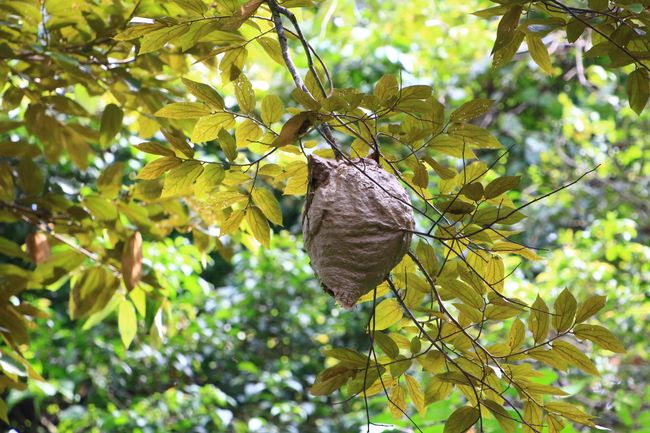
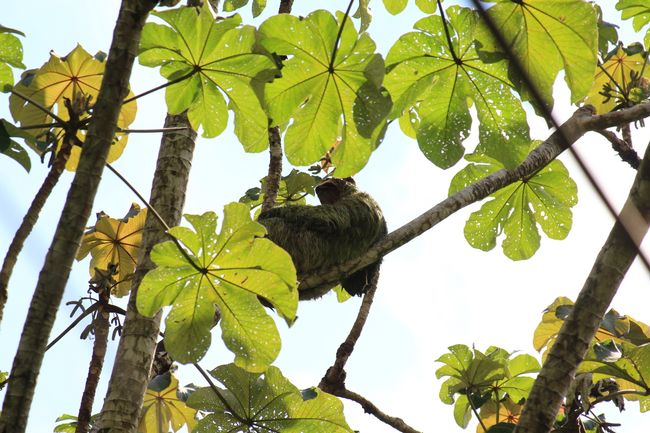
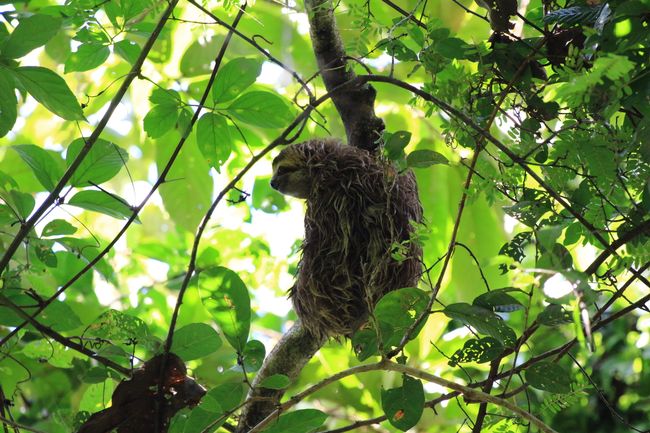
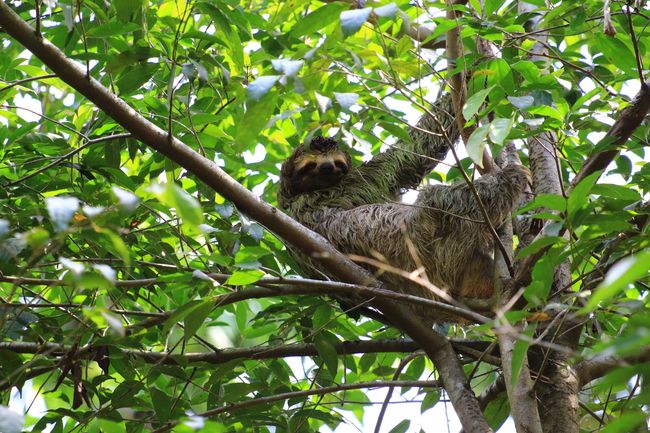
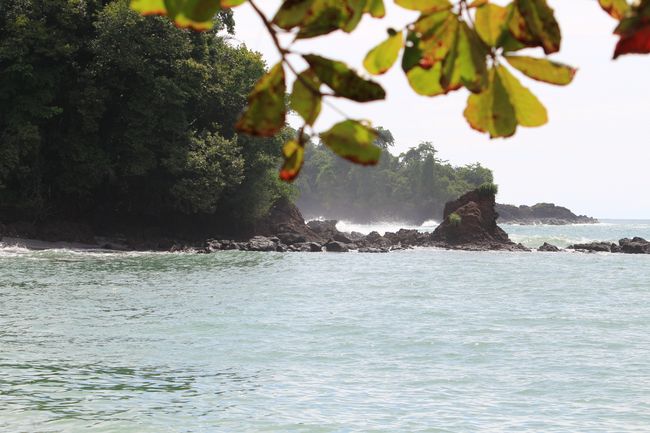
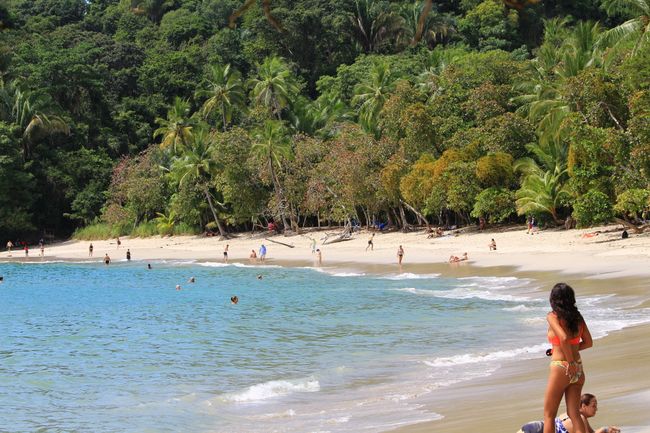
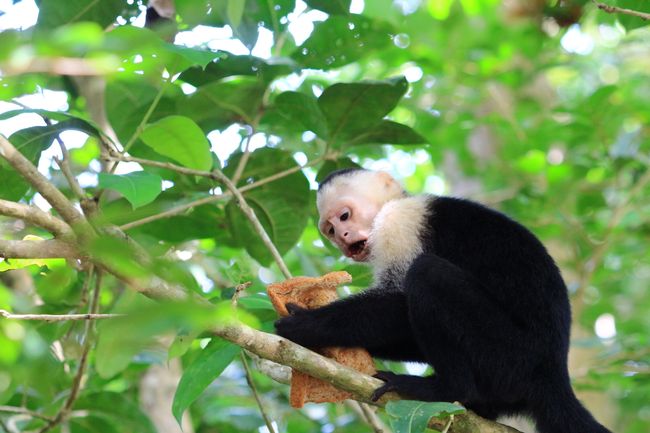
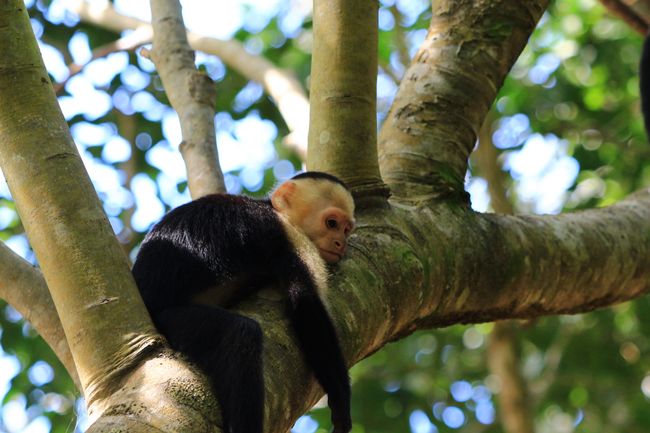
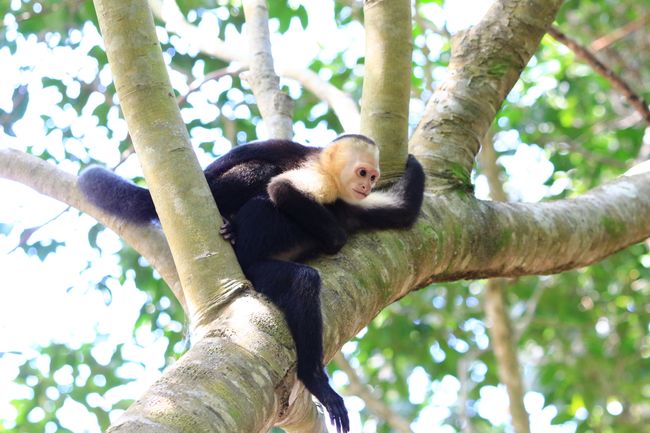
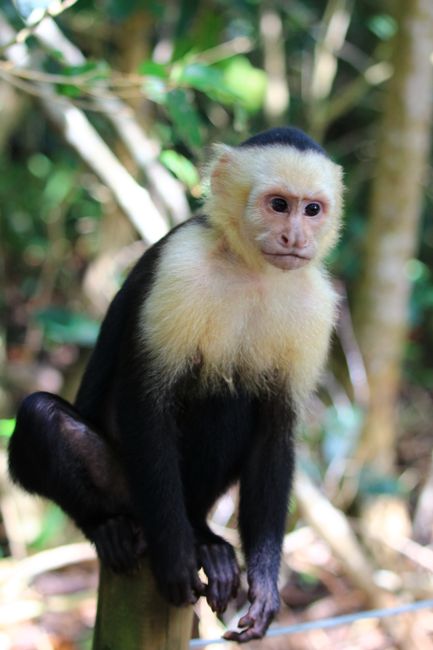
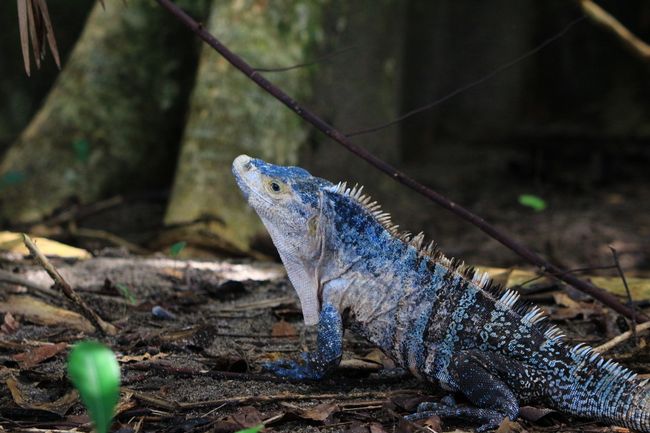
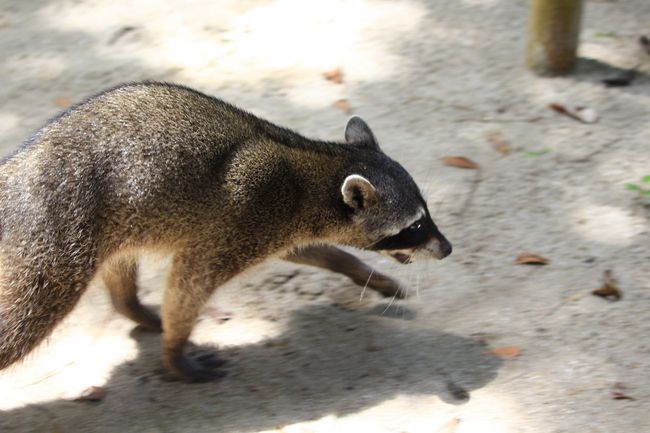
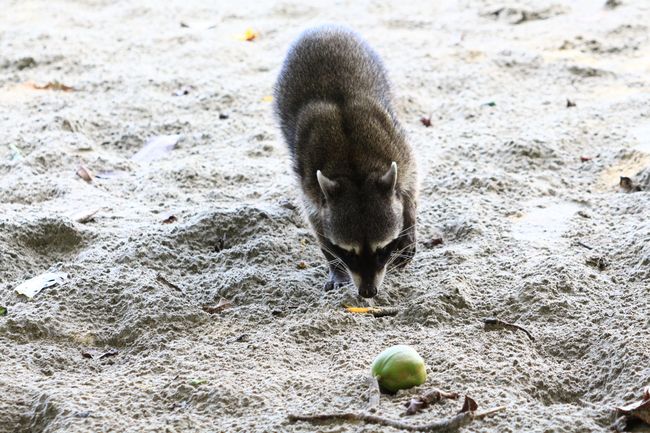
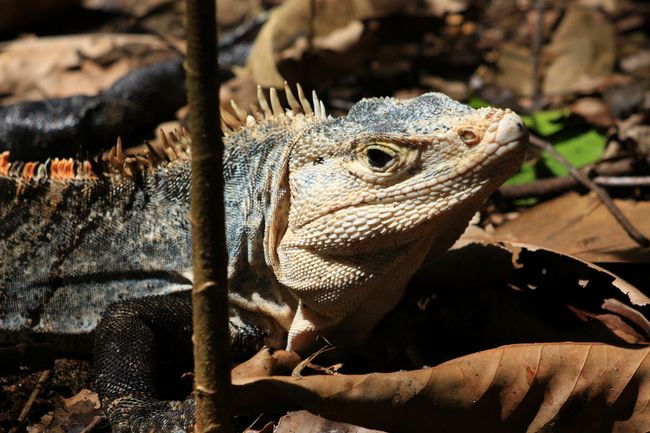
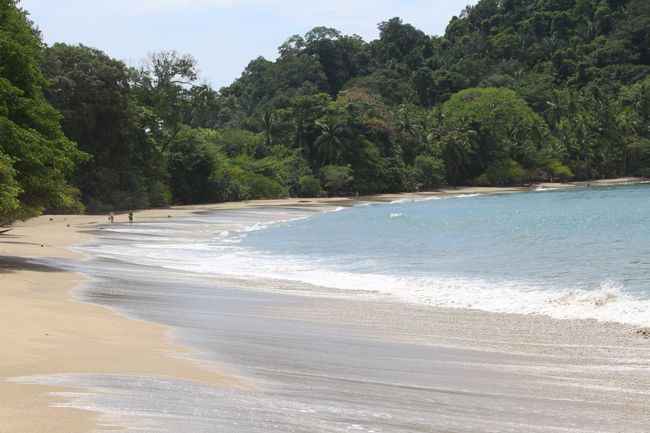
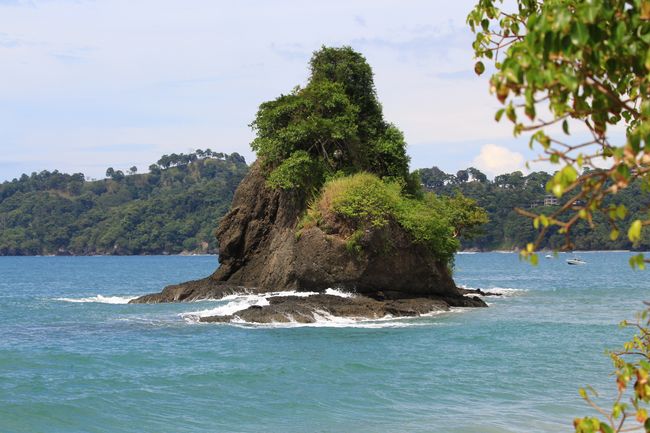
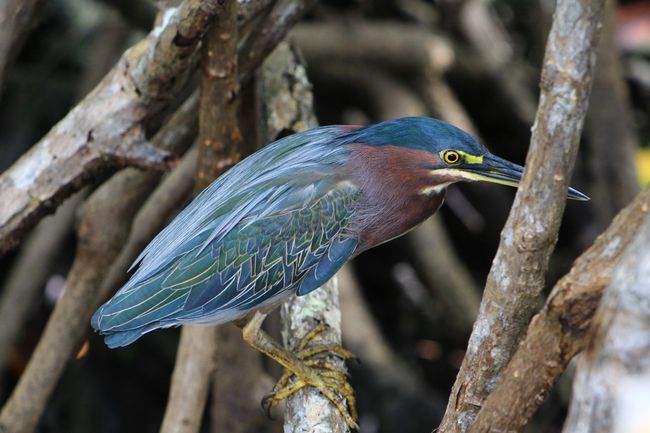
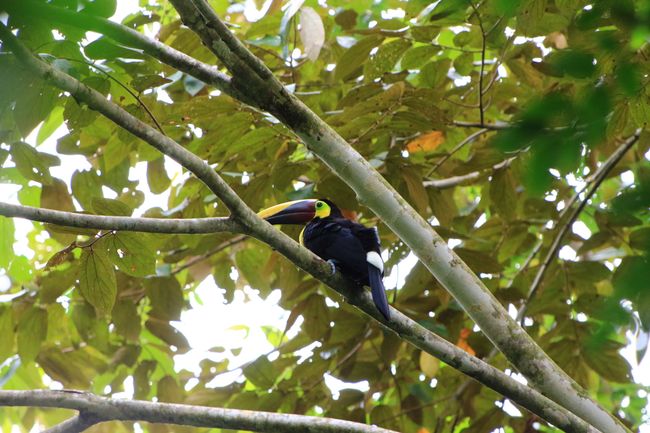
Subscribe to Newsletter
With an area of about 600 hectares, Manuel Antonio National Park is the smallest of Costa Rica's 27 national parks, but one of the most popular because of its incredible diversity of species.
The entrance fee is relatively low at $10. However, I would highly recommend booking a guide as they have a trained eye for spotting animals.
We embark on our journey to explore this park with our guide from our nightly jungle tour.
From our accommodation, Tulemar Resort, it's just a short drive and we're already at the entrance. Along with us are many other tourists who don't want to miss out on this highlight.
The first obstacle to overcome is Matthias having to surrender his cigarettes, as smoking is strictly prohibited in the park.
Then we're off. Even at the entrance, we can feel the incredibly high humidity of the day. It had rained heavily in the morning, so the air is dripping with moisture, and soon so are we. To make matters worse, my nose is also dripping because I caught a nasty cold. Thank goodness for air conditioning.
We walk on the paved paths and soon spot small animals like crabs and colorful birds.
A tiny spider is weaving its web on a tree. In the sunlight, the web shimmers like crystal. We don't have much time to admire this masterpiece, as something starts stirring in the treetops. The guides rush excitedly to the scene, followed by countless tourists. It's howler monkeys swinging through the canopy. Everyone wants a glimpse of the troop. The park is not as crowded during the rainy season, but I can't imagine how busy it gets in the dry season when all the tourists want to catch a glimpse of the animals.
We see an incredible number of animals on this day. Two and three-fingered sloths, one of them with a tiny baby, iguanas in the most beautiful colors, as they are currently in "mating fever," howler monkeys, and mischievous capuchin monkeys. We even see a monkey with a piece of toast in its hand. It must have stolen someone's breakfast from a hungry tourist. Personally, I preferred the more reserved monkeys in Cano Negro. Somehow, I don't trust these ones as much. The raccoons in Manuel Antonio are also quite cheeky.
We watch as a raccoon sneaks up on a tourist lying on the beach. Its target is the backpack. Our guide tells us that the raccoons here have specialized in stealing backpacks. With incredible dexterity, they open them, check if there's anything edible inside, and if not, they toss them aside.
Our guide foils the little thief's plan. He warns the unsuspecting tourist about the robber. Acting as if nothing happened, the tourist continues walking on the beach and settles for a fallen mango from a tree for now.
The national park has two beautiful white beaches that run practically parallel to each other. Both are perfect for sunbathing. The sea on both sides is very rough and more suitable for experienced swimmers. Not for me though.
We continue through the mangroves of the national park. These are home to beautiful colorful crabs and crocodiles. We see a baby crocodile lazily sunning itself.
We also spot an interesting spider on this day. The spider's webs can reach up to 5 meters in diameter. The thread of the webs is so strong that it is used in human medicine to close burn wounds. The web is placed over the burned tissue, allowing the skin to regenerate more effectively.
By the end of the tour, I have used at least 30 tissues, we are completely drenched in sweat, but we have once again been able to admire the incredible biodiversity of Costa Rica.
Subscribe to Newsletter
Answer
